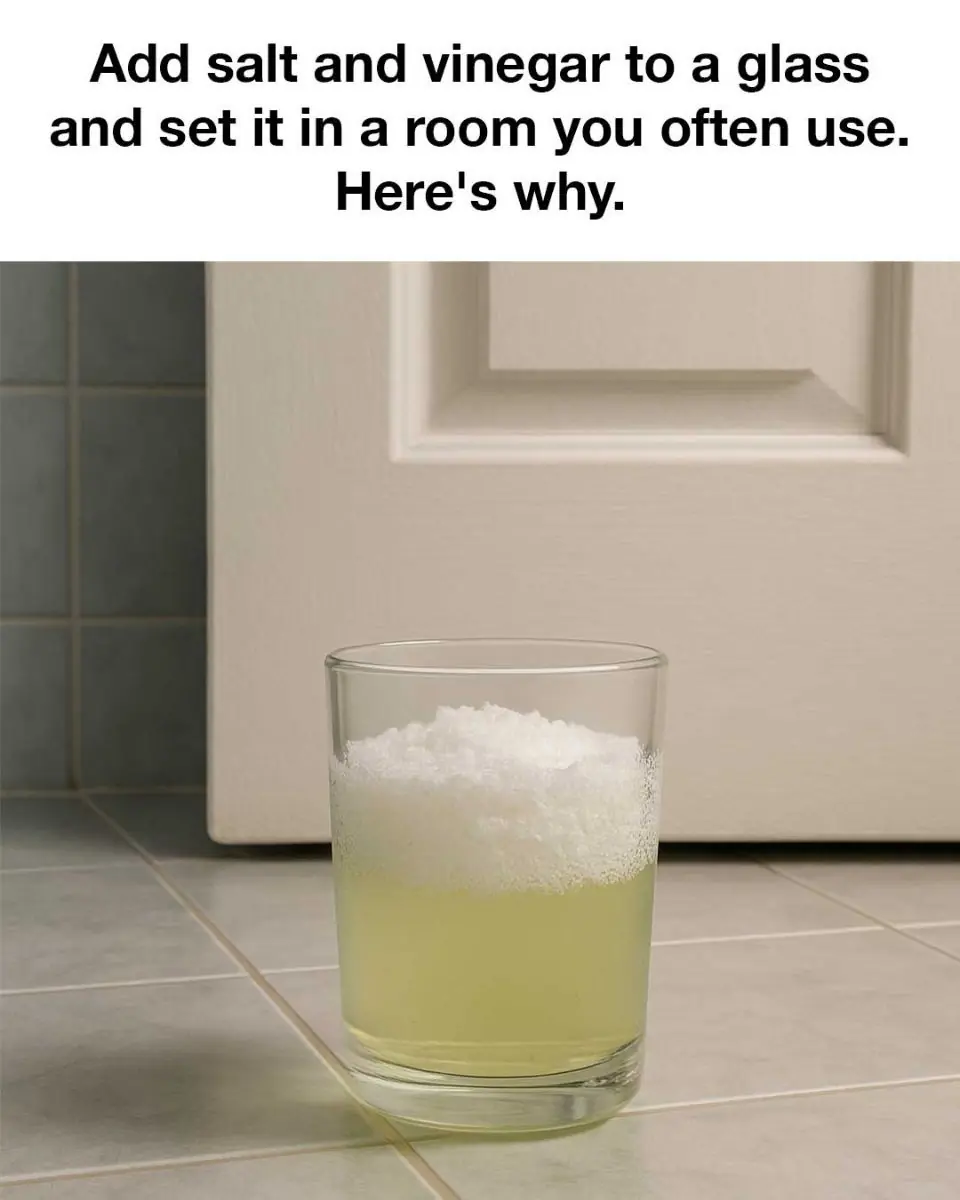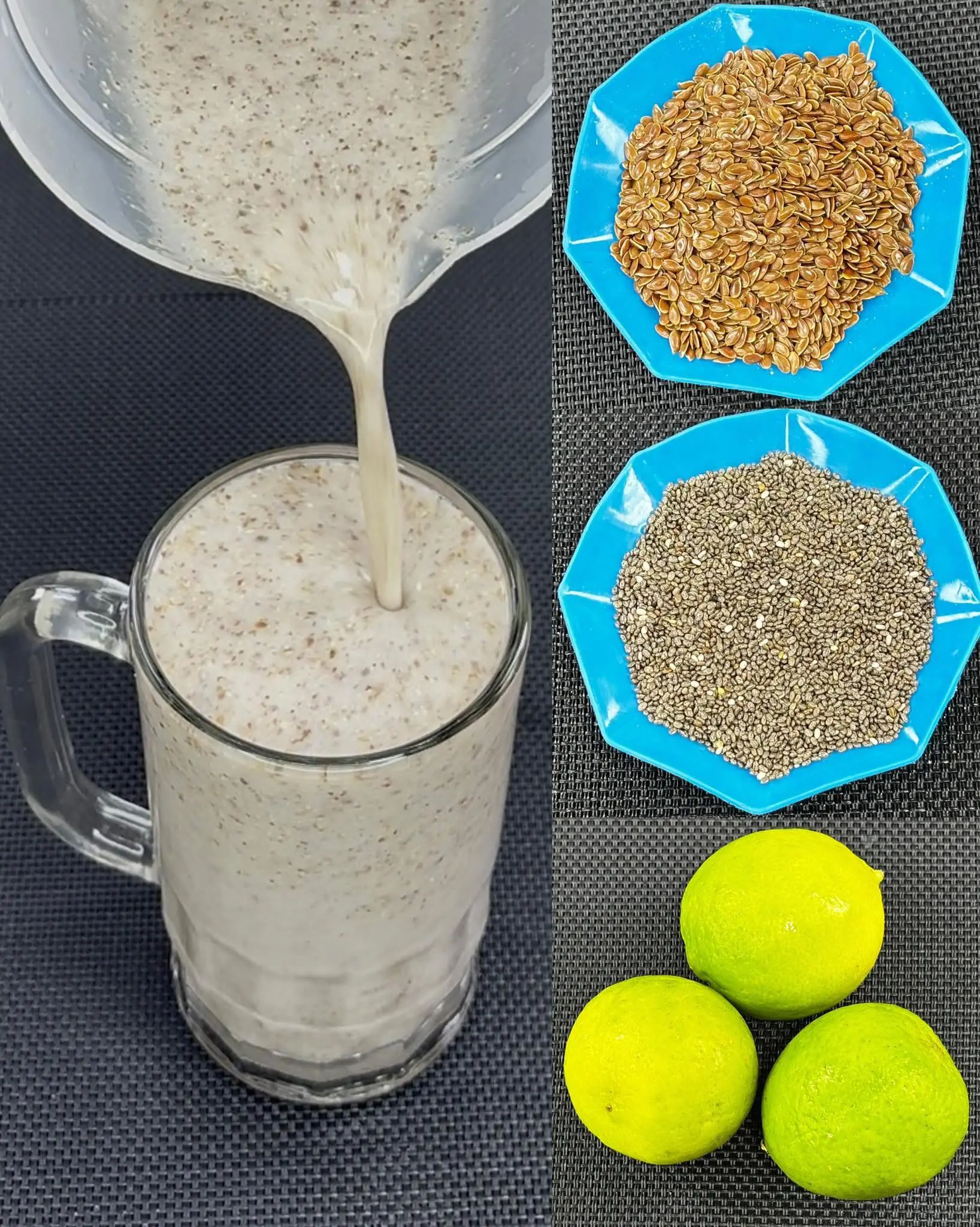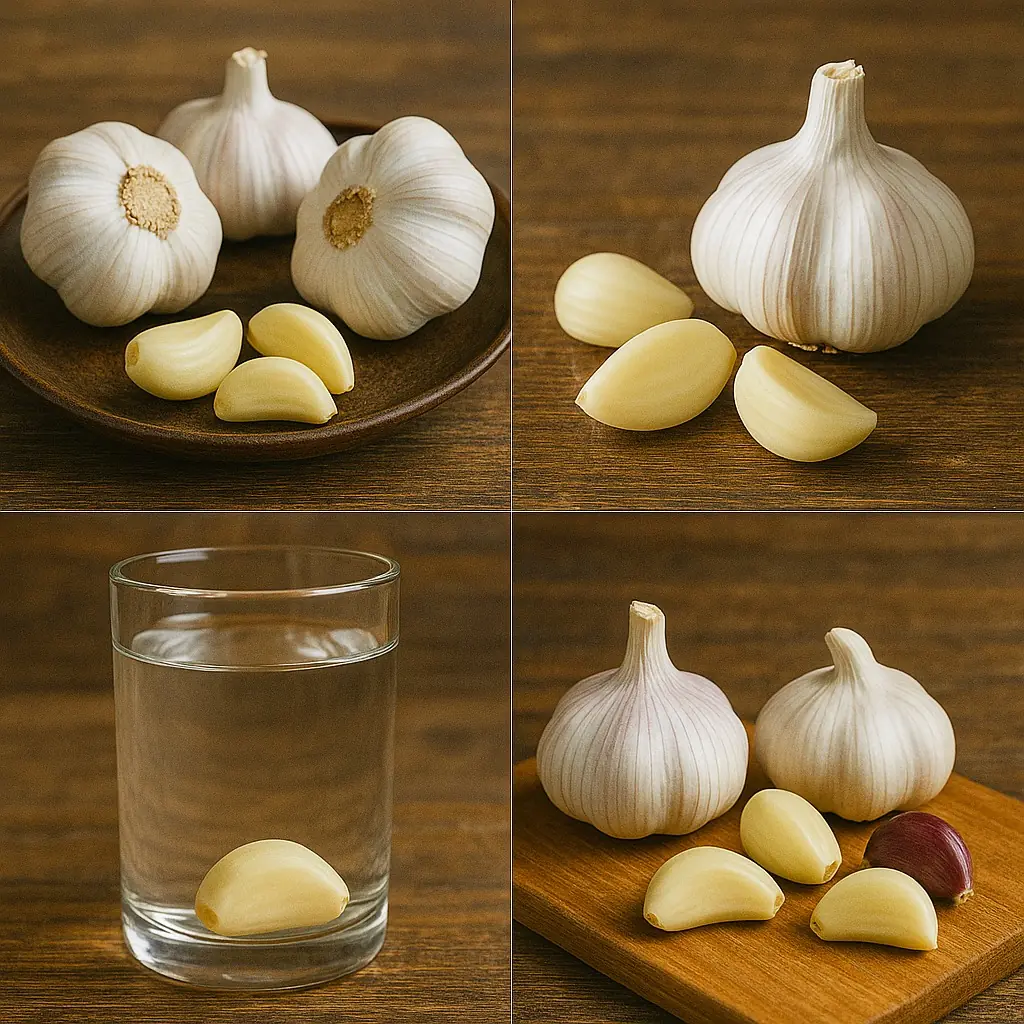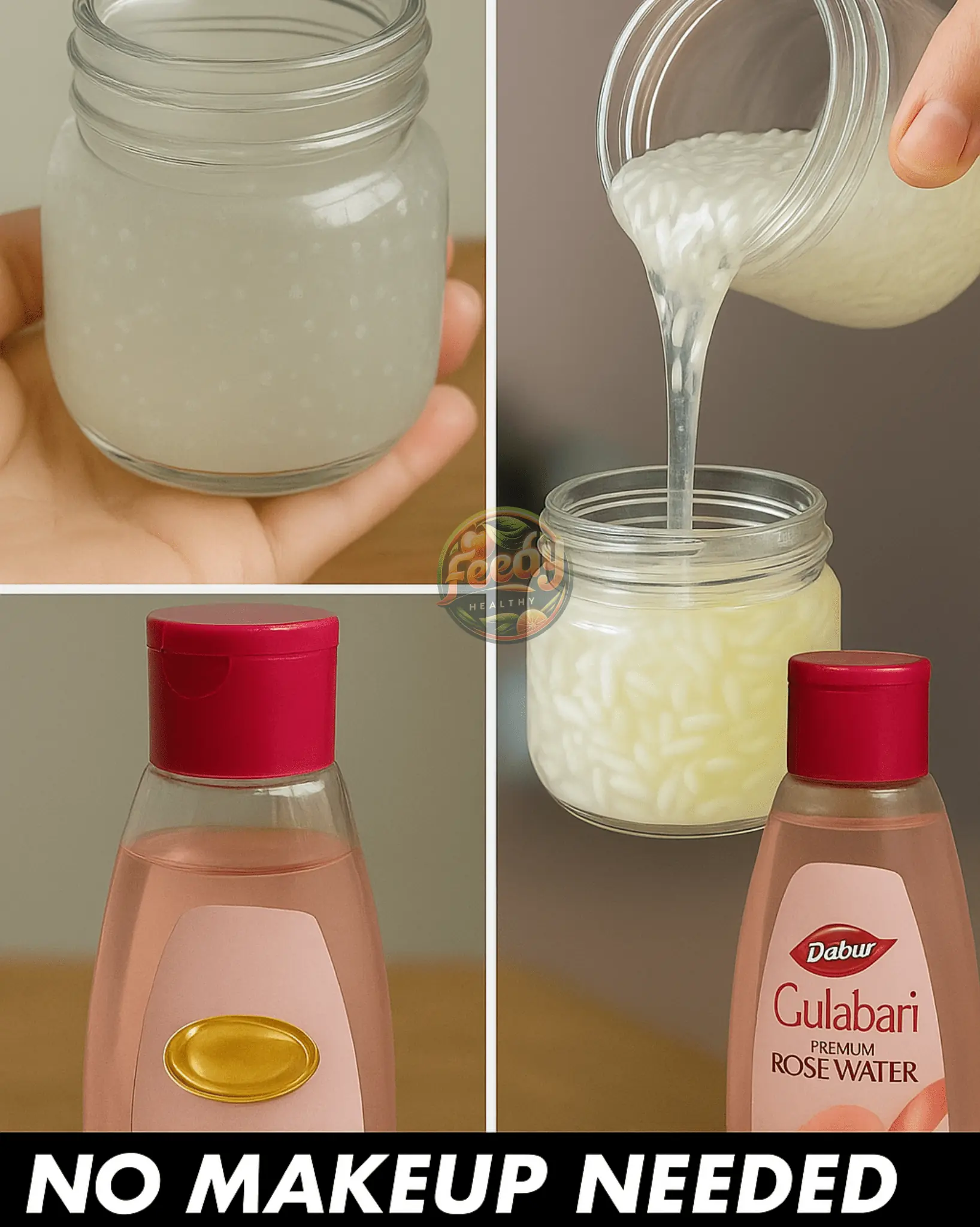In recent years, many people have turned to natural and cost-effective solutions for improving indoor air quality. One such method that has gained popularity is the use of salt and vinegar as a natural air purifier. This simple combination, when placed in a room, is believed to offer a range of benefits, from neutralizing odors to improving mood.
While the idea might seem unconventional, the science behind using salt and vinegar for air purification is rooted in the properties of these common household items. Both salt and vinegar have been used for centuries in various applications, and their potential to enhance indoor environments is now being explored by those seeking alternatives to chemical air fresheners.
1. The Science Behind Salt and Vinegar Air Purification
Salt, particularly in its crystalline form, is known for its hygroscopic properties, meaning it can attract and hold water molecules from the surrounding environment. This ability allows salt to capture moisture and, with it, airborne pollutants and allergens. Vinegar, on the other hand, is a weak acid that can neutralize alkaline odors and has antimicrobial properties due to its acetic acid content, typically around 5%. When combined, salt and vinegar create a solution that can potentially reduce the presence of certain airborne contaminants.
Studies have shown that acetic acid can kill some bacteria and viruses on surfaces, and while its efficacy in the air is less documented, the antimicrobial properties of vinegar are well established. The salt acts as a medium to disperse the vinegar's properties more evenly throughout the room, enhancing its potential air-purifying effects.
2. How Salt and Vinegar Neutralize Odors
The acetic acid in vinegar is effective at neutralizing alkaline odors, such as those from cooking or smoke. When vinegar evaporates, it releases acetic acid into the air, which can react with odor-causing molecules, neutralizing them. Salt, when dissolved in vinegar, can help to spread these effects by creating a more uniform distribution of the acetic acid in the air.
For optimal results, it's recommended to use a ratio of about one cup of vinegar to a tablespoon of salt. This mixture can be placed in a shallow dish or glass and left in a room to help combat persistent odors. The combination works best in enclosed spaces where the concentration of acetic acid can build up sufficiently to impact the air quality.
3. Controlling Humidity with Salt and Vinegar
Salt's hygroscopic nature makes it an excellent tool for controlling humidity levels in a room. By absorbing excess moisture from the air, salt can help to maintain a more balanced humidity level, which is crucial for preventing mold growth and reducing dust mite populations.
When combined with vinegar, the solution not only helps to control humidity but also adds the benefit of odor neutralization. This dual action makes it a versatile solution for improving indoor air quality, especially in damp or musty environments.
4. Improving Mood with Natural Scents
The scent of vinegar, while not universally loved, can have a refreshing and invigorating effect on some people. The sharpness of vinegar's scent can help to clear the air and create a sense of cleanliness, which can be uplifting.
Additionally, the act of using natural solutions like salt and vinegar can contribute to a sense of well-being and satisfaction, knowing that you're using eco-friendly and non-toxic methods to improve your living space. This psychological benefit is an often-overlooked aspect of natural air purification methods.
5. Practical Tips for Setting Up Your Salt and Vinegar Mixture
To set up your salt and vinegar air purifier, you'll need a glass or shallow dish, white vinegar, and table salt. Start by pouring one cup of vinegar into the container, then add a tablespoon of salt. Stir the mixture until the salt is fully dissolved.
Place the container in a room where you want to improve air quality, such as the kitchen or bathroom. For best results, replace the mixture every few days, as the vinegar will evaporate over time, reducing its effectiveness. Ensure the container is placed in a safe location where it won't be knocked over easily.
6. Popular Viral Hacks Using Salt and Vinegar
The combination of salt and vinegar has been featured in various viral hacks, from cleaning solutions to pest control. One popular use is as a natural cleaner for removing hard water stains and mineral deposits, thanks to vinegar's acidity and salt's abrasive qualities.
Another viral hack involves using salt and vinegar to deter ants and other pests. The strong scent of vinegar can disrupt the scent trails that ants use to navigate, while salt can act as a barrier that pests are reluctant to cross. These hacks highlight the versatility and effectiveness of salt and vinegar beyond air purification.
7. Scientific Evidence Supporting the Claims
While there is anecdotal evidence supporting the use of salt and vinegar for air purification, scientific studies specifically examining their combined effects in this context are limited. However, the individual properties of salt and vinegar are well-documented. For example, studies have shown that acetic acid can effectively kill certain bacteria and viruses on surfaces.
Research into salt's hygroscopic properties also supports its ability to absorb moisture and potentially reduce airborne allergens. More comprehensive studies are needed to fully understand the efficacy of salt and vinegar as an air purification method, but existing research on their individual properties provides a promising foundation.
8. Potential Drawbacks or Limitations
One potential drawback of using salt and vinegar for air purification is the strong smell of vinegar, which some people may find unpleasant. Additionally, the effectiveness of this method may vary depending on the size of the room and the concentration of odors or pollutants present.
It's also important to note that while salt and vinegar can help with certain types of odors and humidity control, they are not a substitute for proper ventilation and regular cleaning. For those with severe allergies or respiratory issues, more advanced air purification systems may be necessary.
9. Comparing Salt and Vinegar to Other Air Purifiers
Compared to commercial air purifiers, salt and vinegar offer a natural and cost-effective alternative. While they may not be as powerful as HEPA filters or activated carbon purifiers, they provide a simple solution for those looking to reduce odors and control humidity without the use of chemicals.
Commercial air purifiers are designed to capture a wide range of pollutants, including fine particles and volatile organic compounds (VOCs), which salt and vinegar may not effectively address. However, for everyday use in maintaining a fresher indoor environment, salt and vinegar can be a practical option.
10. Real-Life Testimonials and Success Stories
Many people have shared their positive experiences with using salt and vinegar for air purification. For instance, some users report noticeable improvements in odor control in kitchens and bathrooms, particularly after cooking or during humid weather.
Others have found that this method helps to maintain a fresher atmosphere in small apartments or enclosed spaces. While individual results may vary, the widespread sharing of these success stories highlights the potential benefits of this simple and natural approach.
11. Frequently Asked Questions About Salt and Vinegar Air Purification
One common question is whether the vinegar smell will linger in the room. Typically, the scent dissipates as the vinegar evaporates, leaving the air feeling fresher. Another question is how often the mixture should be replaced; it's generally recommended to refresh the solution every few days for optimal results.
People also ask if any type of vinegar can be used. While white vinegar is most commonly recommended due to its high acetic acid content and lack of color, other types of vinegar can be used if preferred. However, they may impart different scents and colors to the air.







































